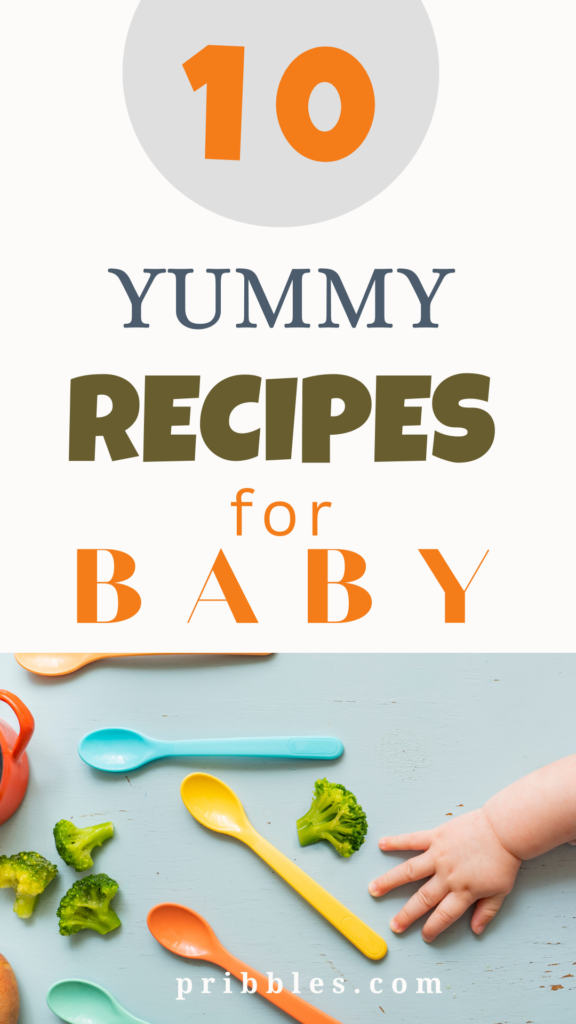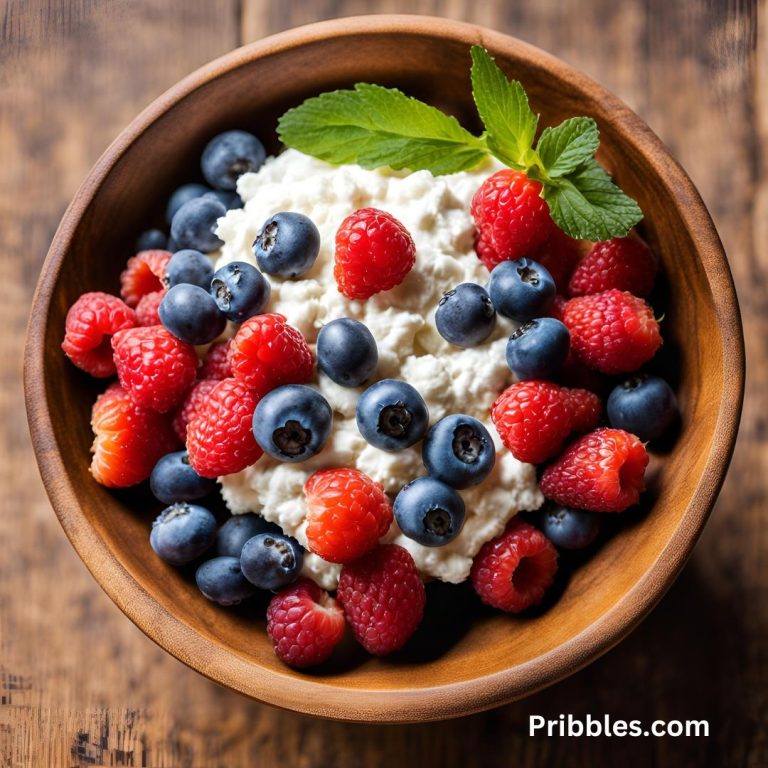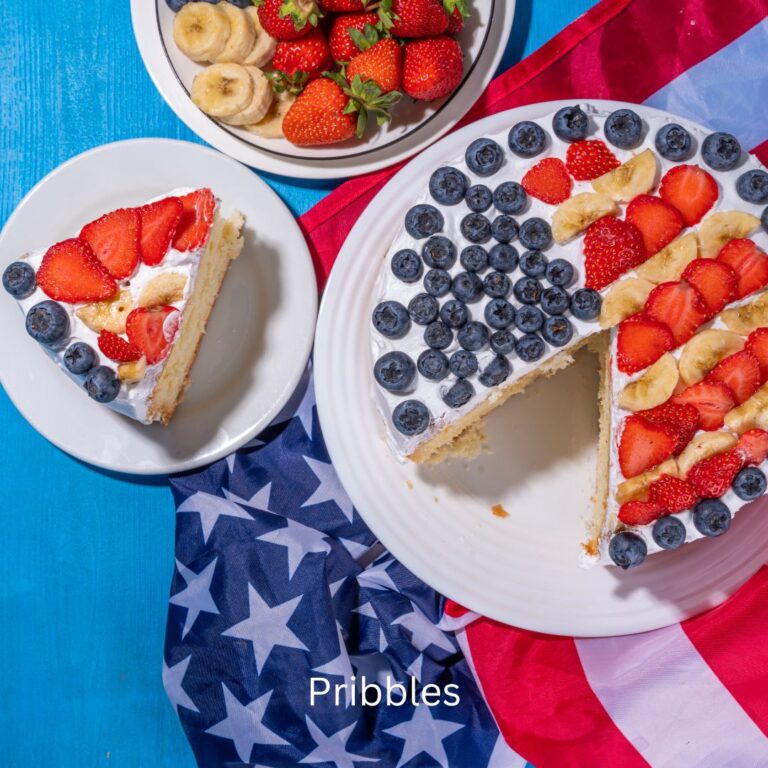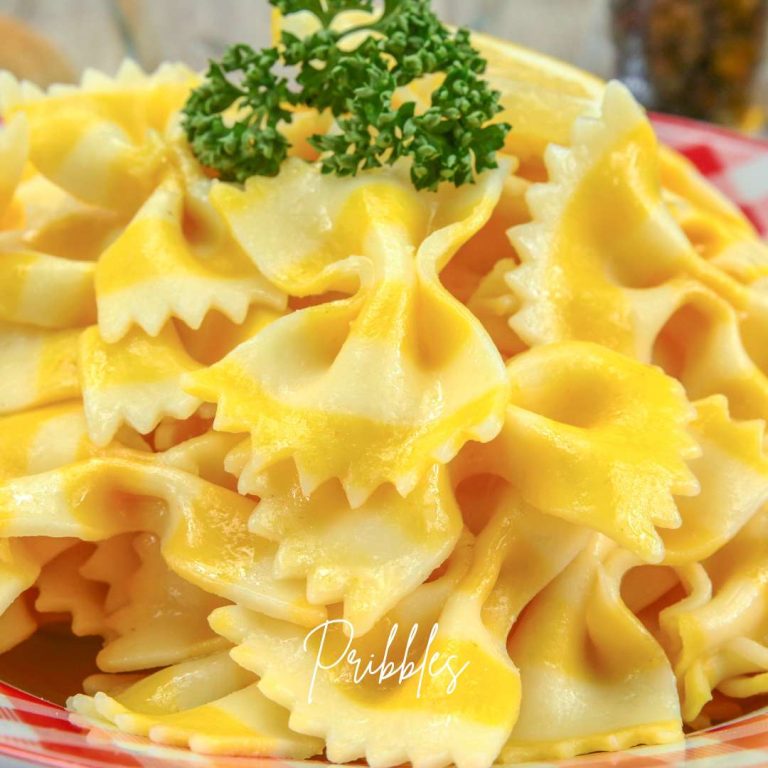10 Dinner Ideas for Baby (SO Good & Healthy!)
Is your baby old enough for mushy food and a few solids? Below are dinner ideas for baby!
I’d advise you check with your pediatrician before trying any dinner ideas. Once you do, come on back here and try some of these dinner ideas for your baby!
And always remember, when feeding baby you need to be careful what foods you introduce and when, and be certain it’s mashed up enough, or cut into little pieces enough that the baby won’t choke.
Now that we got that important bit of info out of the way, let’s check out some tasty little dinner ideas for your little one!
Pin it
Recommended Reading:
- Essentials for the Changing Table
- Baby names galore!
- Baby Puree Recipes Stage 2
- Teach Baby to Sign
- Different Types of Cloth Diapers

Affiliate links may be used in this post and if so I will receive a commission at no extra cost. I’m also part of the Amazon Affiliate (Associate) program where I earn a commission from sales made through my affiliate links. Read the full disclosure policy.
Dinner Ideas for Baby
Before we get into the ideas and recipes, let’s chat a bit about foods for babies and links to reputable sites about when to introduce and what first to introduce.
- When do I introduce solids to my baby?
- Introducing solids to your baby: tips
- Baby food recipes from BabyCenter

Baby Foods to Consider: Dinner Ideas for Baby
When introducing solid foods to a baby, it’s important to start with single-ingredient, iron-rich foods and gradually progress to more complex flavors and textures.
Always consult with your pediatrician before introducing new foods, especially if your baby has any known allergies or health concerns.
Here are some common baby-friendly foods to consider when introducing solids:
Single-Grain Baby Cereal: Start with iron-fortified rice cereal, oatmeal, or barley. Mix with breast milk or formula for a smooth consistency.
Pureed Fruits: Begin with mild fruits like apples, pears, and bananas. Cook, mash, or puree them to a smooth texture.
Pureed Vegetables: Start with soft vegetables like sweet potatoes, carrots, peas, and squash. Steam or boil until tender and then puree.
Single-Ingredient Meat Purees: Introduce pureed meats such as chicken, turkey, or beef to provide essential iron and protein.
Avocado: Mashed avocado is a nutritious option rich in healthy fats. It’s also soft and easy for babies to swallow.
Full-Fat Plain Yogurt: Choose plain, full-fat yogurt without added sugars. It provides calcium and probiotics for digestive health.
Cheese: Offer small, soft pieces of mild cheese. Opt for varieties that are lower in salt.
Eggs: Cook eggs thoroughly and offer small, finely chopped pieces or scrambled eggs.
Whole Grains: Introduce cooked and mashed whole grains such as quinoa, barley, and brown rice.
Peanut Butter: Start with smooth peanut butter spread thinly on a piece of toast or mixed into baby cereal. Be cautious if there’s a family history of peanut allergies, and consult your pediatrician.
Mashed or Soft Cooked Beans: Offer mashed or pureed beans such as lentils or chickpeas.
Strained Plain Whole-Milk Yogurt: As your baby grows, you can offer strained yogurt with live cultures for added probiotics.

Mashed Sweet Potatoes with Avocado
- Steam and mash sweet potatoes.
- Top with mashed avocado for added creaminess and healthy fats.
Click here to check out this tasty and easy recipe.
Soft Vegetable Pasta
- Cook soft pasta shapes (like mini shells or small spirals).
- Mix in finely chopped, steamed vegetables such as carrots, peas, and zucchini.
Click here for 20 recipes for babies with pasta as an ingredient.
Chicken and Vegetable Puree
- Steam and puree chicken with soft-cooked vegetables (e.g., carrots, peas, and broccoli).
- Thin the mixture with breast milk or formula if needed.
Click here for vegetable only puree recipes for baby.
Brown Rice with Lentils
- Cook brown rice and lentils until soft.
- Mash or blend to a suitable consistency for your baby.
Click here for recipes to make baby with rice cereal.
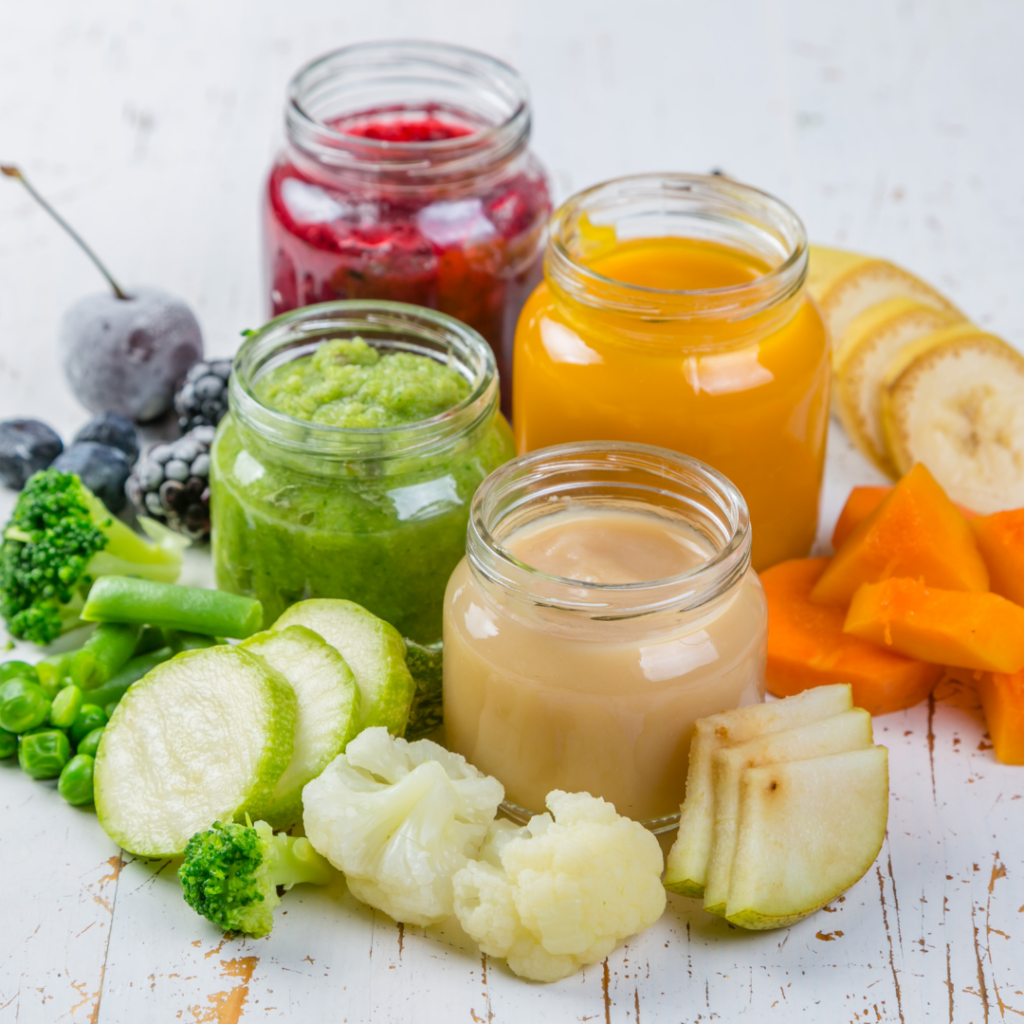
Banana Oatmeal
- Cook oatmeal and mix in mashed banana.
- This is a quick and nutritious option.
Click here to banana baby recipes.
Single-Ingredient Purees
- Cook and puree individual fruits like apples, pears, and bananas.
- Steam and puree vegetables such as sweet potatoes, carrots, and peas.
Click here to view the baby food purees for stage 1.
Applesauce
- Cook apples until soft, then puree or mash for a simple applesauce.
Click here for the recipe.
Stage Two Baby Food Recipes
- Apples and carrots, peas and broccoli, pear and strawberries, and many more ideas for stage two solid food eaters.
Click here for all the tasty recipes!
Yogurt Melts
- Baby yogurt melts are easy to make, tasty, and a fun treat for little ones.
Click here to get the recipe and what you need to make this recipe.
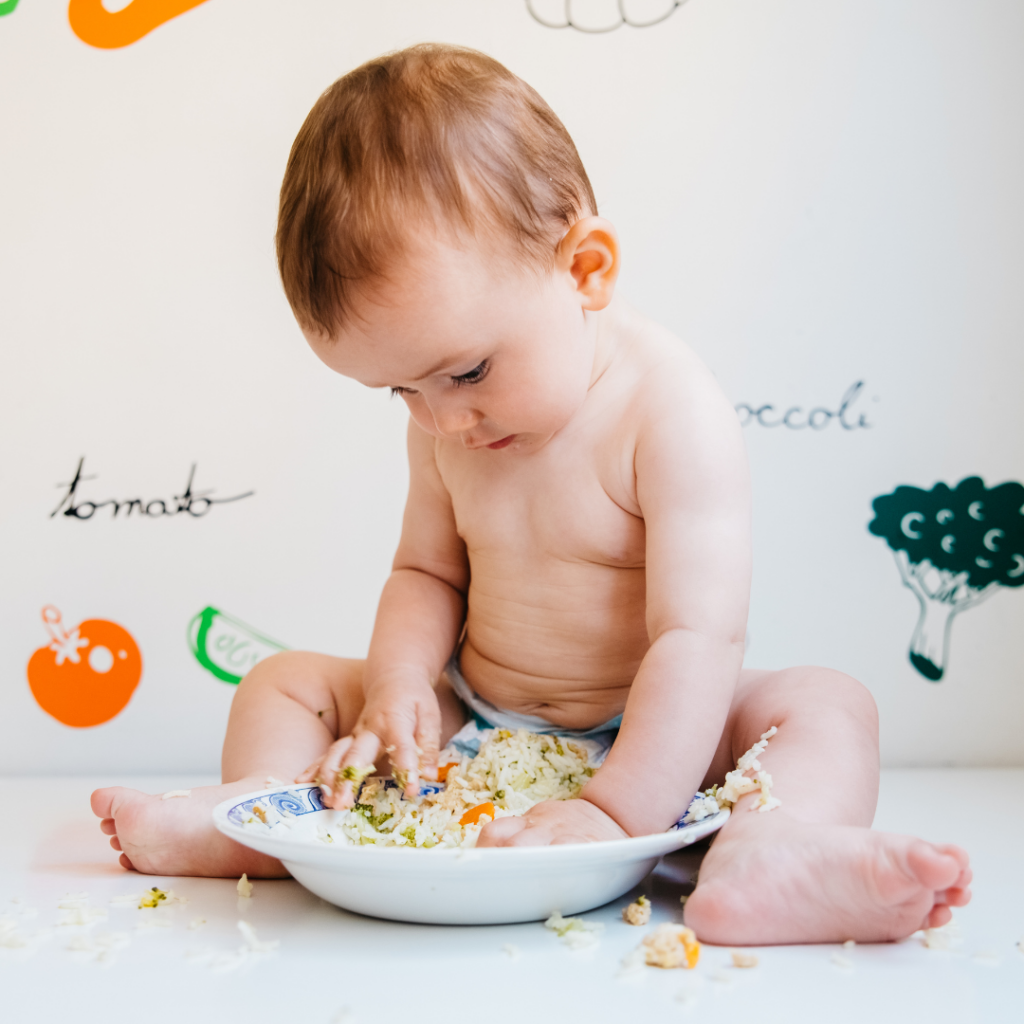
Full Meal Plan for 8 Month Old: Dinner Ideas for Baby
- For an example of a full meal plan for an 8 month old baby, check the link below.
Click here for the recipes and menu.
Weaning Baby Tips
Please remember that it’s always best to speak with your baby’s pediatrician when beginning the weaning process and introducing solids.
Weaning, the process of transitioning a baby from exclusive breastfeeding or formula feeding to solid foods, is an important milestone.
Here are some tips to help you navigate the weaning process.
Start by introducing solids gradually. Begin with single-ingredient purees and progressively introduce a variety of fruits, vegetables, and baby cereals.
Timing is crucial; commence introducing solids around 6 months of age, as recommended by most pediatricians.
Look for signs of readiness, such as the ability to sit up and interest in food.
Choose the right first foods. Begin with iron-rich foods like iron-fortified baby cereals, pureed meats, and beans.
It’s essential to maintain milk feedings; solid foods complement milk feeds and don’t replace them.
Be patient during this transition, as it might take some time for your baby to get used to the new textures and flavors.
Consistency matters. Start with smooth purees and gradually move to more textured foods as your baby becomes accustomed to eating.
Encourage self-feeding as your baby’s motor skills develop, introducing finger foods to facilitate the transition to family meals.
Establish a consistent feeding routine, helping your baby anticipate meal times and associate them with positive experiences.
Offer a variety of foods to ensure a well-balanced diet, including fruits, vegetables, grains, and proteins. Rotate food options to expose your baby to different flavors and nutrients.
Watch for allergies by introducing one new food at a time and waiting a few days before introducing another.
Use open cups and spoons gradually, transitioning from bottles or breastfeeds. Make weaning a family affair by including your baby during family meals to encourage social interaction and a positive attitude toward food.
Stay hydrated by offering sips of water with meals, especially as you introduce more solid foods.
Be mindful of portion sizes; start with small portions and let your baby guide how much they eat, trusting their cues for hunger and fullness. Always consult with your pediatrician before introducing new foods or making significant changes to your baby’s diet.
Stay flexible, being open to adjusting your approach based on your baby’s reactions and needs, as every baby is unique, and what works for one may not work for another.
Remember that weaning is a gradual process, and it’s essential to go at your baby’s pace.
Pay attention to their cues, celebrate the small victories, and enjoy this exciting stage of your baby’s development.
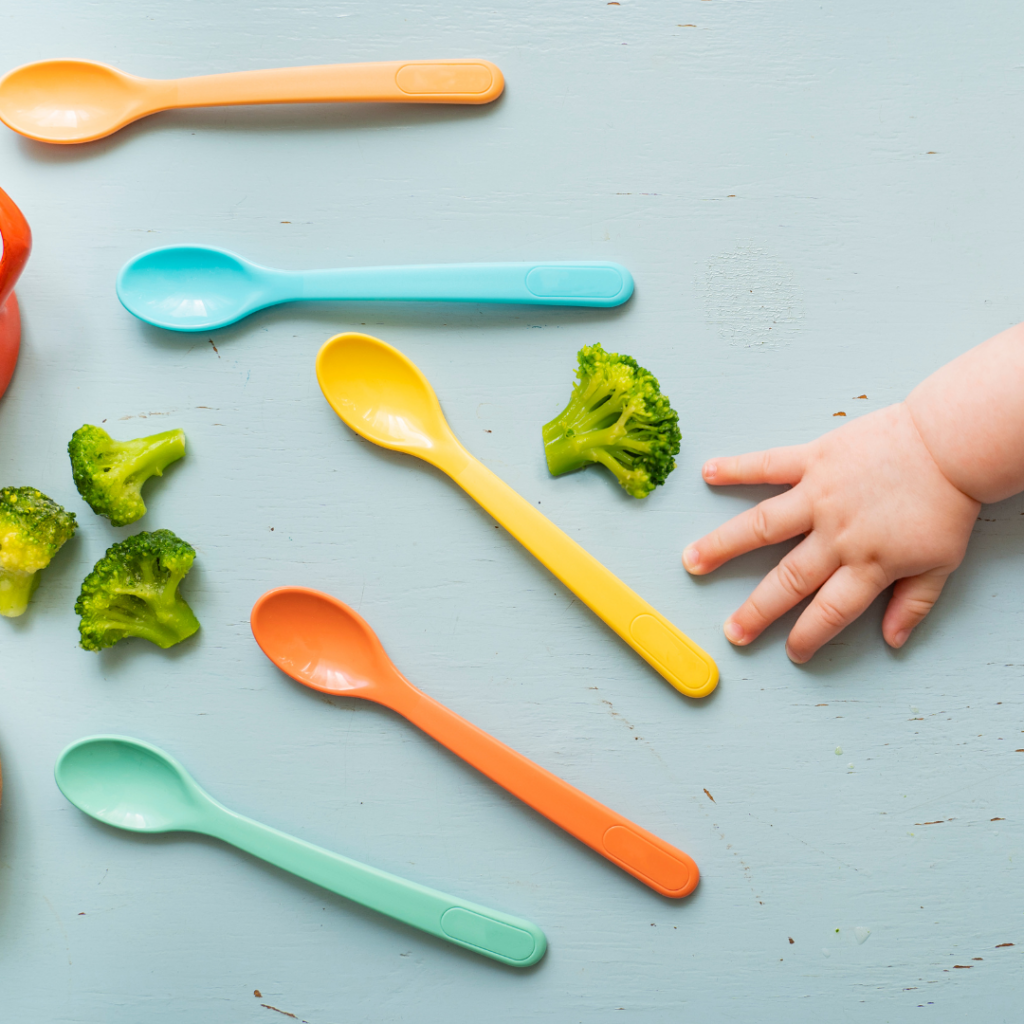
Is weaning traumatic to baby?
According to leading experts, yes abrupt weaning can be traumatic for baby and mother.
Here’s what some of them say about the topic.
According to LeLecheUK, “Ending breastfeeding abruptly can be physically and emotionally traumatic for both mother and baby and is best avoided when possible.
They go on to say, “Weaning gradually over a period of weeks or months allows breastfeeding to end in a comfortable way.”
And according to the National Library of Medicine, “Abrupt weaning is traumatic for the infant, uncomfortable for the mother, and may result in blocked ducts, mastitis or breast abscesses. Abrupt weaning is to be avoided if possible.”
How should you wean a baby?
According to the CDC, “Start weaning by replacing one breast milk feeding a day with a bottle of infant formula (for your child younger than 12 months old) or with a cup of plain whole cow’s milk or fortified unsweetened soy beverage (for your child 12 months or older). Continue to replace more breast milk feedings over time.”
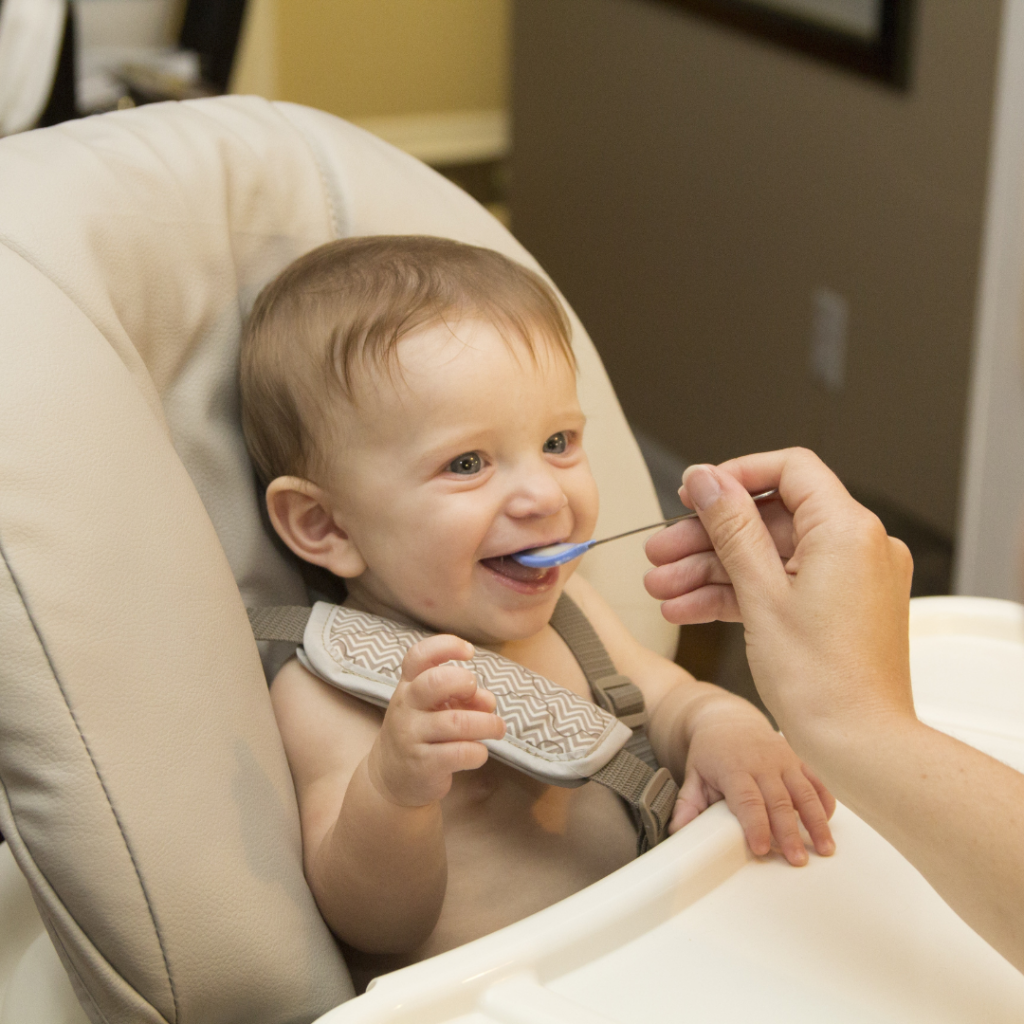
Will my baby wean themselves?
You may be wondering if your baby will end up weaning himself, being a child-led weaning, which is a very valid question.
This is what LeLecheca says of this, “Weaning usually happens gradually. If your child is younger than 12 – 18 months and stops nursing abruptly, this is likely a nursing strike. Natural weaning commonly occurs later and is gradual. With information and support it is usually possible to get through the nursing strike and back to breastfeeding.”
And VeryWellFamily says this of self-weaning,
A baby who is ready to self-wean
- Is over 1 year old
- Gets most of their nutrition from solid foods
- Drinks well from a cup
So yes, babies can self-wean, a process where they naturally and gradually reduce their dependency on breastfeeding or bottle-feeding as their primary source of nutrition.
Self-weaning typically occurs when a baby becomes less interested in breastfeeding or bottle-feeding and starts consuming more solid foods.
However, if you have any questions about your baby’s appetite, or about weaning or self-weaning, it’s advisable to speak to your child’s pediatrician.

Videos: Dinner Ideas for Baby
Baby Food Meal Prep
Support her channel by clicking here to subscribe.
Weaning by 6 months of Age
Support her channel by clicking here and subscribing.
What a 7 month old eats in a day
Support her channel by clicking here and subscribing.

Final Word: Dinner Ideas for Baby
Introducing solid foods and navigating the weaning process is a significant milestone in a baby’s development.
The array of baby food recipes and weaning ideas provides a versatile and nutritious approach to meeting your little one’s evolving dietary needs.
From single-ingredient purees to textured finger foods, the journey of weaning is a gradual exploration of flavors and textures that contributes to a child’s healthy growth.
It’s crucial to approach this phase with patience, offering a diverse range of foods to expose your baby to different tastes and nutrients.
The tips provided, including gradual introductions, watching for allergies, and maintaining a positive feeding environment, can help make the weaning process a smooth and enjoyable experience for both parent and baby.
As you embark on this culinary adventure with your little one, remember that every baby is unique.
Flexibility and attentiveness to your baby’s cues play key roles in adapting recipes and weaning strategies to suit their preferences and developmental pace.
Consulting with healthcare professionals, such as pediatricians or nutritionists, ensures that your baby receives the necessary nutrients and support throughout this exciting journey of transitioning to solid foods.
Embrace the joy of discovering new flavors together and celebrate the milestones achieved as your baby takes their first steps towards independent eating.
Pin it for later reading
